#wildlife refuge
Text

Time for a nature walk in the Shiawassee National Wildlife Refuge. Maybe I’ll see deer this time.
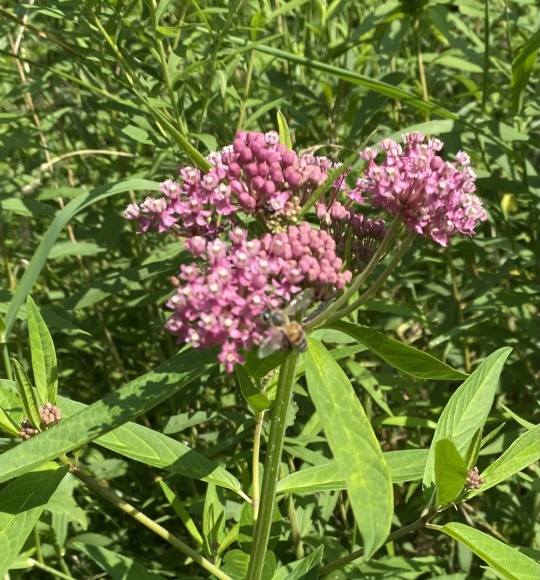
Caught one of the bees doing his thing, at the very bottom cluster.

Still farther back I met a guy walking his dog and said he saw some deer farther back.
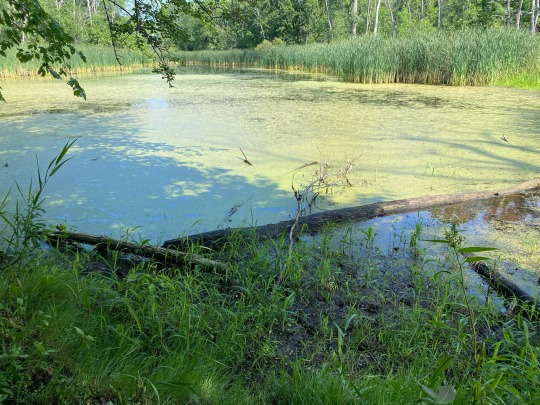
Far back yet was this pond. I could hear lots of frogs but that’s it. Saw no deer, turtles, squirrels or frogs. Was kind of bummed. Maybe it was starting to get too hot.
#michigan#nature#wildlife#wildlife refuge#frogs and toads#pond#pure michigan#original photography#original photographers#photographers on tumblr
131 notes
·
View notes
Text

Black Bayou Lake, Louisiana.
#bayou#swamp#louisiana#the south#nature#nature photography#reflections#landscape#landscape photography#cypress#lensblr#photography#wildlife refuge#travel#wandering#original photography#photographers on tumblr#wanderingjana
45 notes
·
View notes
Text
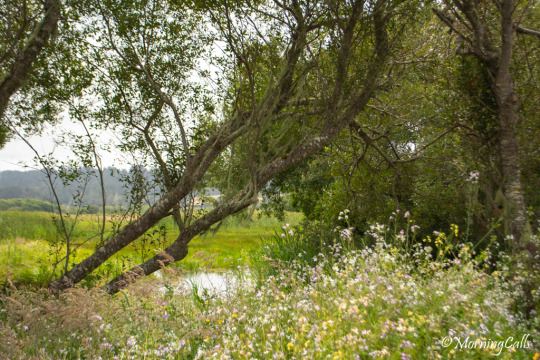



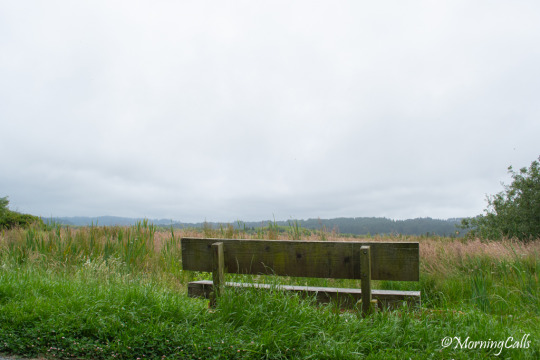


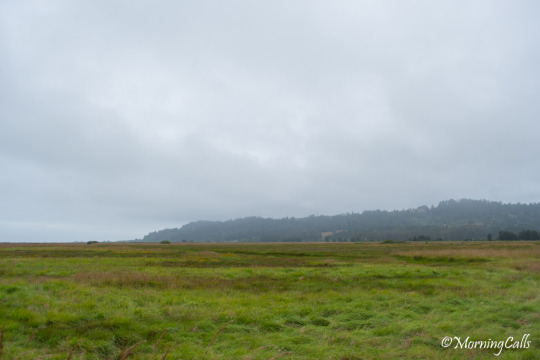


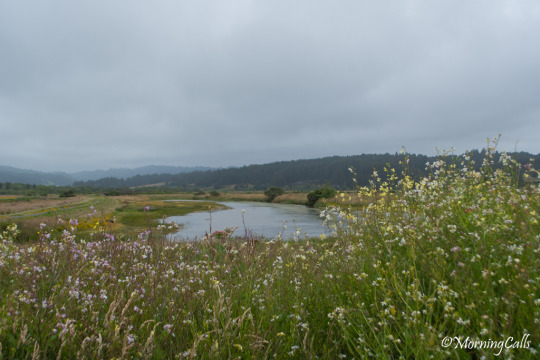
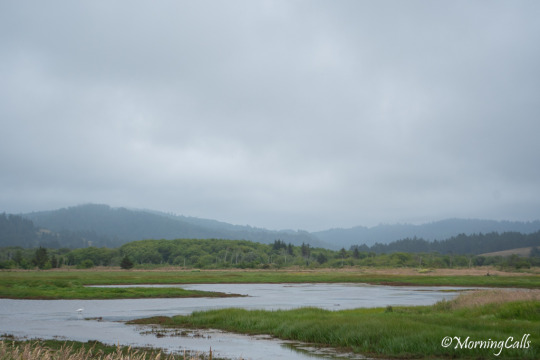
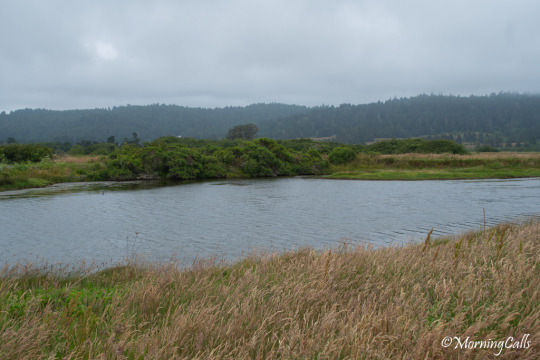
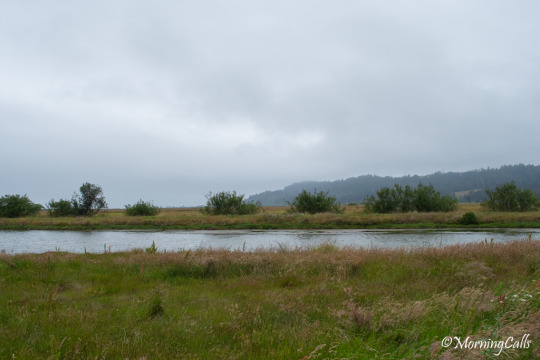

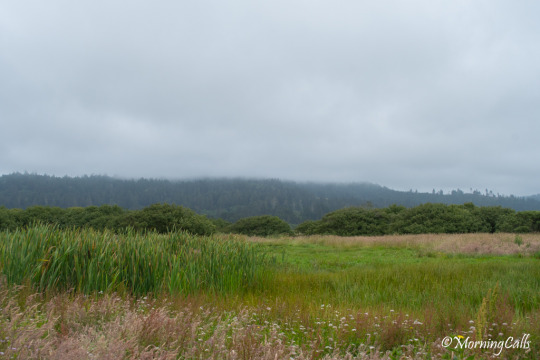
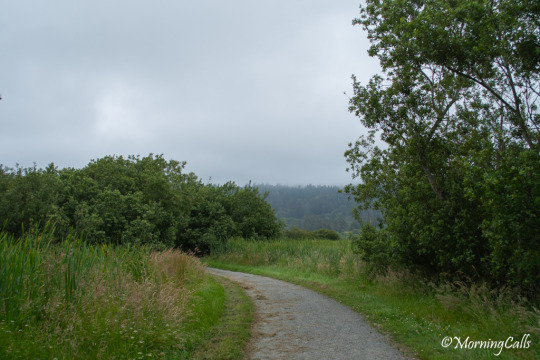

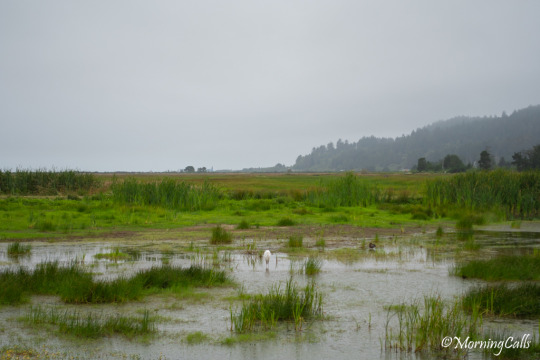

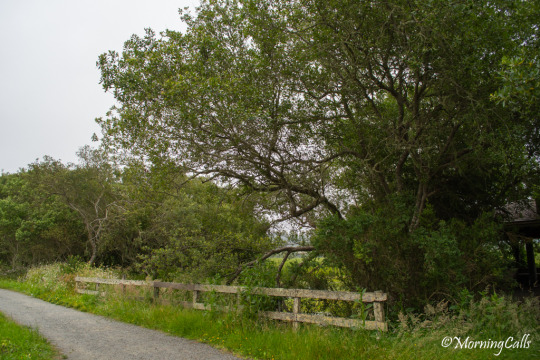
Humboldt Bay National Wildlife Refuge
Humboldt County, CA
NY -> CA (and back), 2021
Contact
©morningcallsphotography
#photographers on tumblr#lensblr#photoblr#nature#pnw#pnwonderland#california#travel#humco#humboldt#humboldt county#morningcallsphotography#humboldt bay national wildlife refuge#wildlife refuge
28 notes
·
View notes
Text

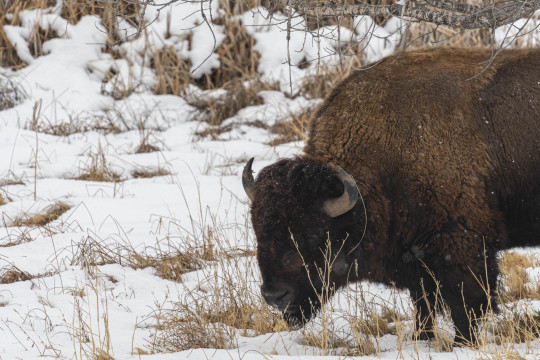
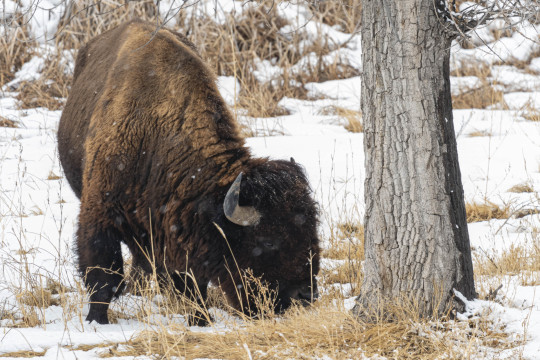
Bison (Bos bison) bulls in the snow
Rocky Mountain Arsenal National Wildlife Refuge, Colorado, USA
hinono’eino’ biito��owu’ (Arapaho), Ndé Kónitsąąíí Gokíyaa (Lipan Apache), Núu-agha-tʉvʉ-pʉ̱ (Ute), Tséstho’e (Cheyenne), and Očhéthi Šakówiŋ land
#original photography#wildlife photography#photographers on tumblr#nature photography#winter#snow#colorado#rocky mountain arsenal#wildlife refuge
237 notes
·
View notes
Text
You have NO IDEA HOW HAPPY THIS MAKES ME!!!!!! Willapa NWR is my "home refuge", so to speak. I've volunteered there for hours, spent a ton of time walking the trails, and it is incredibly dear to me. They're already protecting and restoring thousands of acres of land, from tidal wetlands to old-growth forests to dune habitat and more. This funding approval means that Willapa NWR will receive $1,255,248 to acquire 239 acres of land for the purpose of preserving waterfowl and other wildlife habitat.
Habitat loss is THE single biggest cause of species endangerment and extinction, so the more we're able to protect, the better--especially if we can create wildlife corridors between sections. Biodiverse ecosystems also have a better chance of weathering the effects of climate change.
Along with the habitat acquired for Willapa NWR, funding was also approved to purchase land for other Refuges:
Cat Island National Wildlife Refuge in Louisiana – $1,466,000 to acquire 548 acres.
Clarks River National Wildlife Refuge in Kentucky – $6,621,000 to acquire 2,482 acres.
Green River National Wildlife Refuge in Kentucky – $11,372,000 to acquire 1,335 acres.
Silvio O. Conte National Fish and Wildlife Refuge in New Hampshire – $1,066,450 to acquire 797 acres.
The funding was acquired through the sales of Federal Duck Stamps; 98% of the money from these stamps goes into purchasing and maintaining Refuge lands. While these were originally created to raise funds for waterfowl land by requiring waterfowl hunters to buy a stamp with their license each year, anyone can buy a Duck Stamp. There are lots of non-hunting collectors who buy them for the art, and the annual art contest draws talent from across the country. The Junior Duck Stamp Program allows young artists K-12 to enter their own contest while also learning about conservation. (It also was the topic of one of my more infamous posts here on Tumblr!)
#conservation#environment#environmentalism#Willapa National Wildlife Refuge#National Wildlife refuge#wildlife refuge#wildlife habitat#wildlife corridors#wildlife#animals#nature#climate change#biodiversity#endangered species#extinction#Washington#Washington State#PNW#Pacific Northwest
145 notes
·
View notes
Text

Back to back barn swallows, Ridgefield National Wildlife Refuge
#original photographers#photographers on tumblr#barn swallows#rafefar#wildlife#wildlife photography#birding#wildlife refuge#washington#pacific northwest#pacific wonderland#nature photography#om system#om -1
98 notes
·
View notes
Text

Great Swamp. October 2013.
#color photography#lensblr#imiging#luxlit#ricoh gr#leaves#forest#woods#swamp#newjersey#wildlife refuge#autumn colors
21 notes
·
View notes
Text
165 notes
·
View notes
Text
poetry in motion..
a pair of trumpeter swans..cygnus buccanator..the largest north american waterfowl..
178 notes
·
View notes
Text
Road trip-

Stopped by the Saginaw River as I was in the area. This is unusual to art the river water this calm. You can see two buoys in the water used for ship navigation.

Some local flowering weeds that were right next to the road. The road is only a few feet from the river’s edge in a few spots. Beyond the weeds is a Wildlife Refuge area.

Still very dry here although the smoke from the Canadian wildfires has shifted more to the New York and Pennsylvania area.
#michigan#nature#river#riverview#flowers#wildlife refuge#pure michigan#original photographers#photographers on tumblr
71 notes
·
View notes
Text
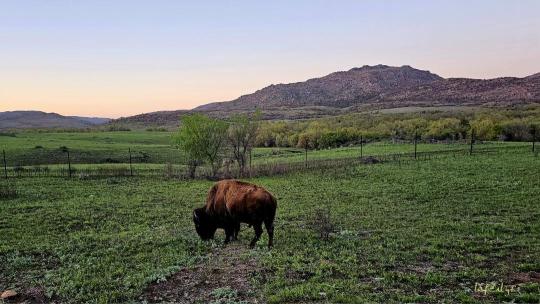
After The Burn...
Source Me laf@ilyF ❤️
#original photographers#colors#artists on tumblr#oklahoma#my photos#my escape#nature#my photgraphy#photographers on tumblr#wichita mountains#wildlife refuge#wildlife photography#landscape#american bison#prairie grass#green#after a control burn#colorful#Prairie's
16 notes
·
View notes
Text
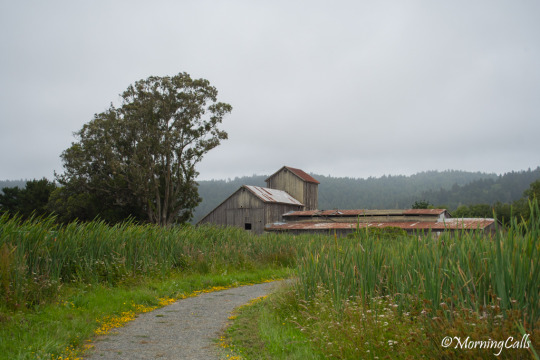
Humboldt Bay National Wildlife Refuge
Humboldt County, CA
NY -> CA (and back), 2021
Contact
©morningcallsphotography
#photographers on tumblr#lensblr#photoblr#nature#pnw#pnwonderland#california#travel#humco#humboldt#humboldt county#humboldt bay national wildlife refuge#wildlife refuge#morningcallsphotography
30 notes
·
View notes
Text
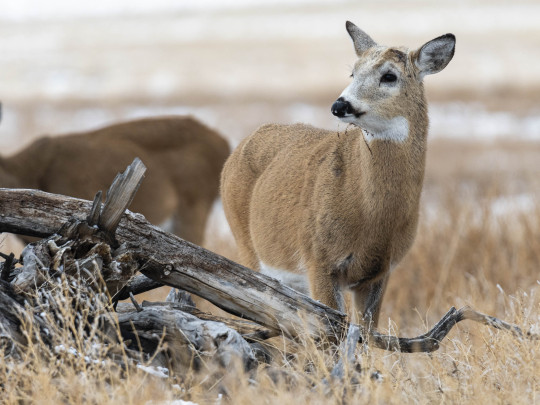
Young whitetail (Odocoileus virginianus) buck after shedding
Rocky Mountain Arsenal National Wildlife Refuge, Colorado, USA
hinono’eino’ biito’owu’ (Arapaho), Ndé Kónitsąąíí Gokíyaa (Lipan Apache), Núu-agha-tʉvʉ-pʉ̱ (Ute), Tséstho’e (Cheyenne), and Očhéthi Šakówiŋ land
#original photography#wildlife photography#photographers on tumblr#nature photography#winter#snow#colorado#rocky mountain arsenal#wildlife refuge
65 notes
·
View notes
Text
Farewell to an Old Cedar–and Hello to a New One
Originally posted to my blog at https://rebeccalexa.com/farewell-to-an-old-cedar-and-hello-to-a-new-one/
Last Wednesday I had the opportunity to do some volunteering with Willapa National Wildlife Refuge. As the weather has finally turned better, with some warm, sunny days mixed in with the rain, it’s made conditions more favorable to getting outside. So when I got the email asking if I wanted to help plant some cedar trees, I jumped at the chance.

Western red cedar (Thuja plicata) is my very favorite tree. It’s not a true cedar, instead being a member of the cypress family Cupressaceae. But there’s something about the red-tinted bark powdered with Cladonia lichens, and the flat, scaly green needles that appeals to me. Maybe it’s because it’s some of the best of the coloration of Pacific Northwest forests all wrapped in one tree. Or perhaps it’s because I loved eastern red cedar (Juniperus virginiana) so much as a child, and I’ve just developed a fondness for cedars that aren’t actually cedars.
We have only a few tiny patches of old-growth forest here in the extreme southwest corner of Washington, mostly populated with ancient cedars and a few very old Sitka spruce (Picea sitchensis). My first real look at old-growth forest here was Teal Slough, a section of Willapa NWR that protects 140 acres. These ancient trees very nearly ended up logged a few decades ago, but for the heroic efforts of historian Rex Ziak. In the pre-internet times he spent months tracking down the then-corporate owners of this tract of land, and managed to convince them to cease logging with a letter, a photograph, and a rope loop the same circumference as one of these massive old cedars. (It’s a pretty incredible story that I got to hear him tell in person at Wings Over Willapa a few years ago.)
It really was at the eleventh hour, though. One of the first things an astute naturalist will notice when arriving at Teal Slough is that almost all of the trees are either very old–or very young. That’s because the undergrowth had been bulldozed in preparation for chopping down the couple dozen big trees left. It’s rebounded in recent years, but there are tons of scrawny young western hemlock trees (Tsuga heterophylla) along with a scattering of young cedars.
Adding more cedars was our original goal for that morning, which was cool but sunny. We brought ten young trees with us, but stopped at the old Refuge headquarters just down the road from Teal Slough. It turned out that the place we were originally going to plant them was where the old logging road cut through, and the heavy gravel made digging by hand impossible. So we planted eight to create a windbreak at the old HQ, which is itself going through a slow metamorphosis, and tucked the other two back into the truck.
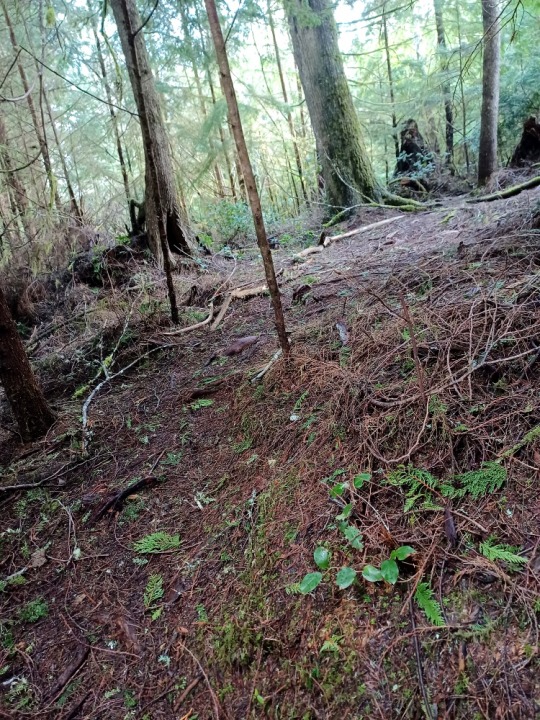
And then it was time to head to Teal Slough itself. While we couldn’t plant trees, we could still pick up debris from the storms that came through. The bigger branches and fallen saplings made good material for outlining the trails, making them more visible to visitors. While the old logging road is pretty obvious, some of the footpaths that diverge off the main trail to showcase big trees further back in the woods were getting tougher to discern. So we spent some time lining them with some of the windfallen materials.
But I also want to touch on the original reason we were slated to go out there that day. See, those young cedars were originally going to be used to help start to close off the last hundred feet or so of the trail. This last bit leads down to one of the biggest of the cedars at Teal Slough, and–to be quite honest–my favorite.

As it turns out, she’s not doing so well. She’s been rotted out inside for some time; this is normal, of course; in many cases an old tree can survive its heartwood rotting away completely, since that wood is dead. But this old cedar has been beginning to lean noticeably toward the northwest in recent months. There’s no disruption at ground level yet, no cracks in the earth or roots bursting forth to the surface. A Refuge employee was on the trail a few months ago during one of the vicious windstorms we’ve had over the winter, and he noticed this tree swaying more than usual.
We don’t know when she’ll fall. It might be later this year; it might not be for another century. But it was decided that the trail to her should be closed off just in case she came down when there were people around. A massive tree of this size would be quite a danger indeed; the day after our volunteering a logger was killed in the Willapa Hills after being hit by a much smaller tree. Even a section of this tree coming down at the wrong time could be disastrous. And beyond a certain size there’s really no way to buttress such an enormous thing, especially when it’s located on a slope of super-saturated soil.

We walked down the trail to where she still stood with her much younger hemlock “buddy tree” growing out of her side; many of the old cedars have similar hemlock companions. It was apparent she was listing more than I had seen her in the past, and there seemed to be a little more space between her and her hemlock. We all spoke of how magnificent she was, and how sad that it seemed she was nearing her end.
I lingered behind for a moment while everyone else moved the “End of Trail” sign back up to where the path would be cut off. It was my last moment to be up close and personal to this beautiful old cedar. While technically, yes, I could still steal up the path before it was completely planted or fenced or however the Refuge will eventually close it, I respect their decision and decided this would be my farewell. I told the tree how much I had enjoyed visiting her, and thanked her young hemlock as well. I touched the lichens that adorned her furrowed bark, and looked up at the broken crown of branches at her top.
Then I turned, with many glances backwards at a Eurydice I would never be able to bring home. I dragged with me a young alder that had fallen in a storm, and added it to the small pile of branches placed across the trail as a temporary barrier. And we headed back down to the road, with the sound of a pileated woodpecker (Dryocopus pileatus) rapping high overhead, and a rough-skinned newt (Taricha granulosa) waiting for us at the trailhead.
I don’t know when the old cedar will finally fall over, but when she does her death will not be in vain. Like all fallen trees, the countless molecules she accumulated over a millennium of life will slowly start to disperse throughout the forest through the actions of detritivores and decomposers. She will feed bacteria and fungi, insects that then become food for birds, and a whole host of plants that will make use of the vast stores of nutrients she holds, and the sunlight that her passing will reveal to the forest floor. Nothing ever goes to waste in a forest, not least of all a fallen tree.

As we drove back down 101 toward the new headquarters, I gave a glance to where we had planted the young cedars. I would never live to see them achieve that great stature; in fact, not all of them may even make it to maturity, especially if cedar die-back continues in our too-hot summers. But it is hope that allows me to continue to plant new things amid loss. I cannot help but try, even against the odds. And I can do two things at once: I can mourn the eldest of the trees as she makes her literal last stand, and I can also loosen the soil for one of her relatives to set roots and grow.
Did you enjoy this post? Consider taking one of my online foraging and natural history classes or hiring me for a guided nature tour, checking out my other articles, or picking up a paperback or ebook I’ve written! You can even buy me a coffee here!
#Pacific Northwest#PNW#Washington#Washington State#western red cedar#old growth forest#forests#Thuja plicata#nature#environment#conservation#trees#Willapa National Wildlife Refuge#wildlife refuge#volunteering
90 notes
·
View notes

